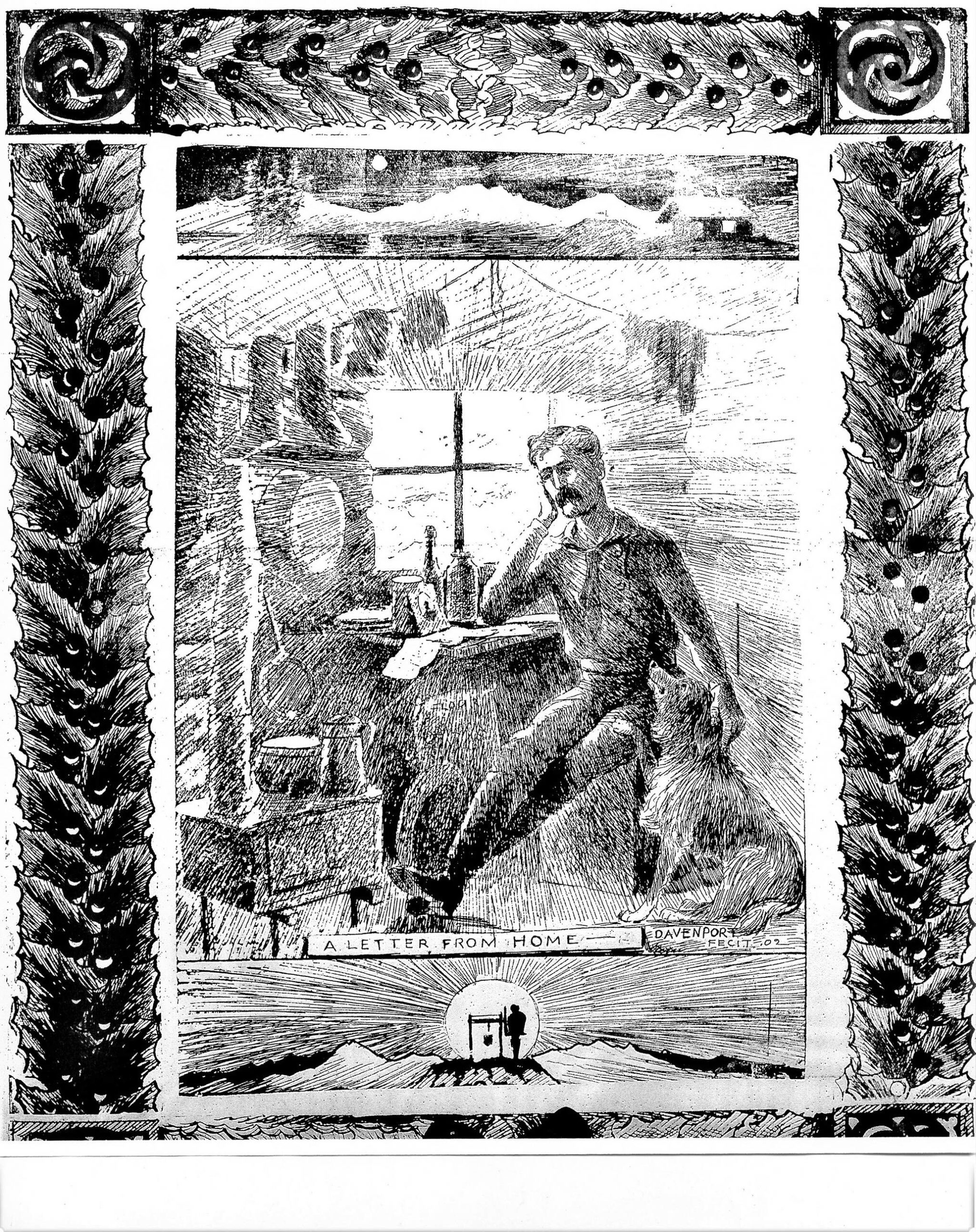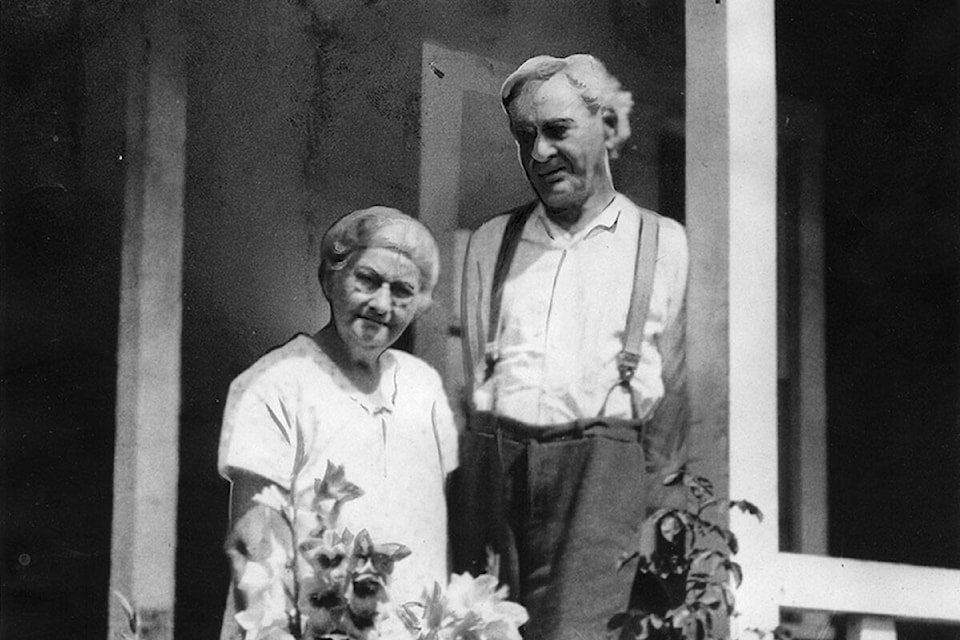The year was 1897. Gold had been discovered on Bonanza Creek a little over a year before and the bustling little town of Dawson City was suffering growing pains. In the mad scramble to reach the Klondike before winter set in, many new arrivals traveled light, neglecting to bring their much-needed winter supplies.
Add to that the fact that supply ships coming up the Yukon River could not reach Dawson with their cargoes of food and other essentials, and Dawsonites were facing a starvation winter. Hundreds left town in a hurry, hoping to reach safety before winter set in with a vengeance. In the end there was enough food for those who remained, but barely enough to survive the winter.
For many, it meant a monotonous diet of beans and biscuits. Even whiskey became scarce, and was selling for a dollar a shot (that would be $35 today), much diluted with silty Yukon River water. Candles sold for a dollar each, coal oil was selling at $25.00 a gallon ($5.50 a litre, or $190 at today’s prices), and flour was selling at $125 a sack, if you could find any. All the restaurants were closed down because of lack of supplies.
Even the richest of the Klondike miners were going hungry because they couldn’t live on a diet of nuggets. Food, not gold, was the most valuable commodity in the Klondike that winter.
The prospects for Christmas didn’t look too good, but Lena Huson decided to put on a Christmas gathering as a morale booster. She and her husband, Bill, a professional musician, had arrived in Dawson from Juneau earlier in the year, bringing with them the first piano to reach Dawson. It was carried over the Chilkoot Pass, disassembled, carefully wrapped in wool yarn, covered with blankets, and finally encased in waterproof canvas.
When the Husons reached Dawson, they sold the piano, which cost $125, to Harry Ash, co-owner of the Northern Saloon, for $1,800. The piano was played at the first dance organized in Dawson in 1897, to celebrate the completion of the first Alaska Commercial Company building. Within a month, every dance hall girl in Dawson had scratched her name into the piano. For the next three years, Billy Huson made a living as the bandleader of the orchestra in Pete McDonald’s saloon and dance hall.

“Ma” Huson’s preparations for her Christmas dinner started out humbly enough. Lacking even the most primitive of decorations, she adorned the outside of their cabin with spruce boughs. These had little impact on the festivities in the short daylight hours and were hardly noticed. There was no turkey, no chicken, oranges or cranberries to be had at any price, but Captain Hansen, the manager of the Alaska Commercial Company, upon hearing of the party, sent over a half dozen cans of plum pudding, some canned fruit, and candles.
John J. Healy, manager of the Northern Transportation and Trading Company store followed suit, sending over a couple of hams, powdered potato, sugar (a rarity in Dawson) and five gallons of claret. Using an empty kerosene can cut open lengthwise to serve as a punchbowl, they prepared a punch by adding canned fruit juice, citric acid and local home brew supplied by some old timers. Someone had brought a solitary lemon to the event, but the ladies agreed that it should go to Father Judge’s hospital to help some patient suffering from scurvy.
The punch did not last long, and a local tinsmith added a second punch bowl, while another man was kept busy hauling up water from the river. Several miners brought pots of beans to the affair. Like food, there was a shortage of just about everything else, including proper pots for cooking beans, until a clerk at one of the large stores discovered a supply of chamber pots, which sold rapidly to the miners, and ended up being used for food preparation instead.
Wealthy miners from the creeks arrived. Howard Hamilton Hart, who was leasing George Carmack’s Discovery Claim, presented each of the ladies involved in organizing the fete with nuggets from his mine. Other miners who dropped in added food to the larder. By this time, the intimate party that was originally planned, had turned into an event in which the entire community was involved. Word of the party quickly spread, and soon, the Huson cabin, located just behind Front Street on Second Avenue, was overflowing with guests, so neighbours in cabins on either side opened their doors to accommodate the surplus.

Later in the afternoon, some callers made their dog teams available to the ladies, who quickly organized a supply of ham sandwiches.
These, along with candy, supplied by one of the traders, some of their precious punch, and the solitary lemon were conveyed to the hospital to brighten the day for the patients and staff.
Despite the shortages of just about everything (including cooking pots) this Christmas party livened up the celebrations for countless sourdoughs and cheechakos, who were stranded far away from home and family.
Lena Huson was described as a charitable and friendly person who was also remembered in Dawson for her efforts to raise funds for the Dawson Fire Department along with another woman, Mrs. Yaeger. The fire department made the two women honorary members.
They were presented with special badges adorned with Bonanza Creek gold. Lena and her husband Billy later moved to Nome, Alaska, where he served on the Nome City Council for two years, along with another Klondike veteran, Tex Rickard.
In later years, Billy and Lena Huson moved back to Washington state, where they eventually retired to a berry farm in Pierce county.
He stayed in touch with his sourdough friends, and played in the orchestra at a sourdough reunion in Seattle in 1929. On another occasion, Henry Ford heard Huson perform on the radio and invited him to Dearborn, Michigan, all expenses paid to perform before the industry magnate. Huson turned down the invitation due to his wife’s ill health.
Lena Huson passed away in Sumner, Washington in 1942, but her husband outlived her by 15 years, also passing away in Sumner, at the advanced age of 95 years.
Michael Gates is Yukon’s first Story Laureate. He is the author of six books of Yukon history. His latest, “Dublin Gulch: A History of the Eagle Gold Mine,” received the Axiom Business Book Award silver medal for corporate history. You can contact him at msgates@northwestel.net
